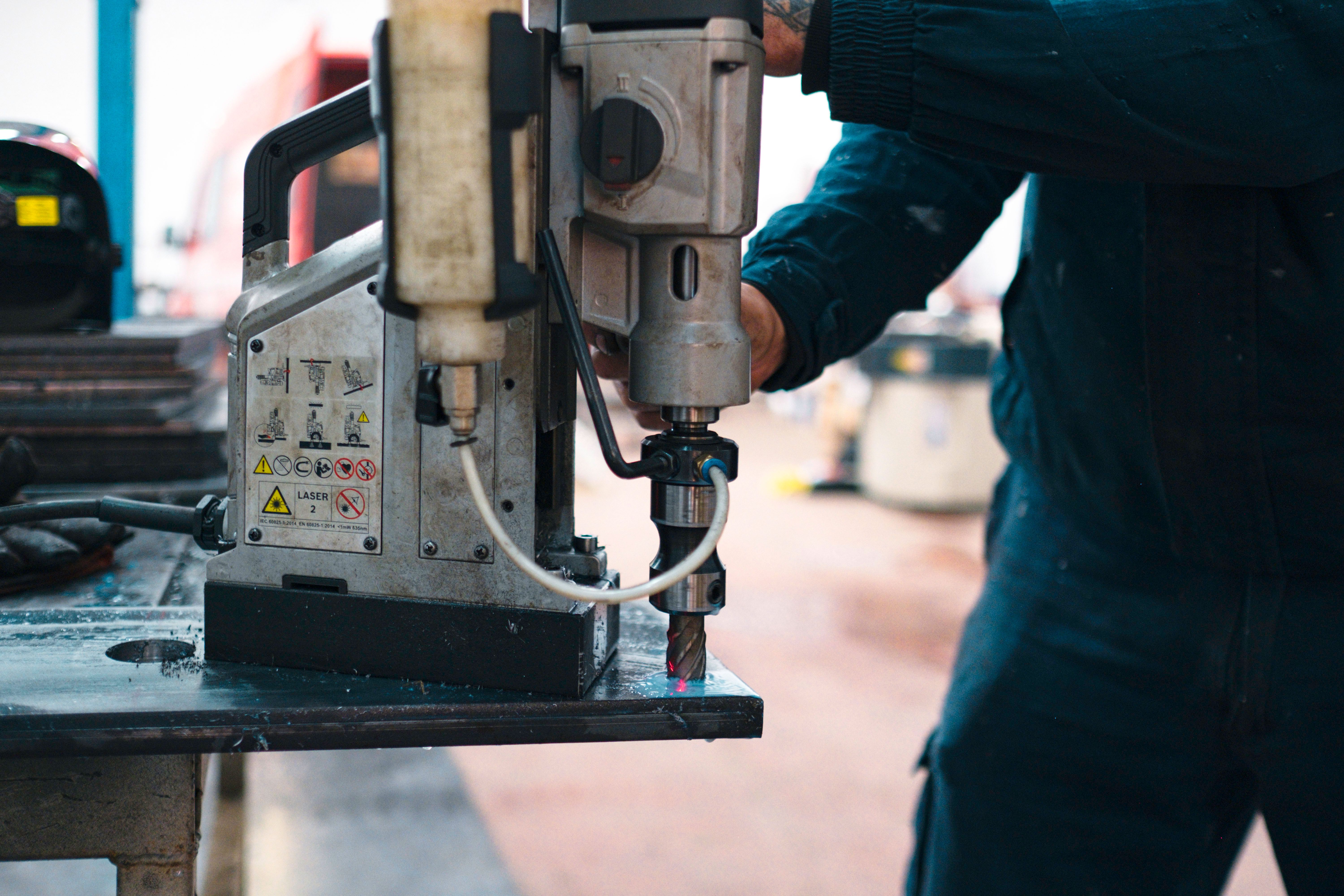Beginner's Guide to Safely Using a Magnet Drill
RR
Introduction to Magnet Drills
Magnet drills, also known as magnetic drills, are versatile power tools designed for drilling precise holes in metal surfaces. They are equipped with a powerful electromagnet that anchors the drill to a ferrous metal surface, allowing for stable and accurate drilling. Whether you’re a novice or an experienced DIY enthusiast, understanding how to use a magnet drill safely is crucial.

Getting Started: Understanding the Components
Before you begin using a magnet drill, familiarize yourself with its main components. These typically include the base, which houses the magnet, the drill motor, and the drill chuck or arbor. Knowing each part's function will help you operate the tool more efficiently.
Ensure that your magnet drill is in good working condition. Check for any signs of wear or damage, especially on the power cord and plug. A well-maintained tool not only performs better but also reduces the risk of accidents.

Setting Up Your Work Environment
Creating a safe working environment is essential when using a magnet drill. Start by securing your workspace, ensuring it is free from clutter and any potential hazards. Work on a stable surface to prevent the drill from tipping over or slipping during operation.
Make sure that the metal surface you are drilling is clean and flat. Any dirt or unevenness can affect the magnet's grip, leading to inaccurate drilling or even accidents. Use a cloth to wipe down the surface before beginning your work.
Personal Protective Equipment (PPE)
Wearing appropriate personal protective equipment (PPE) is vital when operating a magnet drill. This includes safety goggles to protect your eyes from metal shavings and hearing protection to safeguard against noise pollution. Gloves can also provide additional safety, but make sure they are snug-fitting to avoid getting caught in the machinery.

Operating the Magnet Drill
When ready to drill, position the magnet drill on your metal workpiece and activate the electromagnet. This secures the drill to the surface, minimizing vibrations and ensuring precision. Select the correct drill bit for the material you are working on and attach it securely to the drill chuck.
Begin drilling by applying steady pressure on the handle, keeping an eye on the speed and depth of your drilling. Avoid forcing the drill, as this could lead to bit breakage or damage to the drill itself.
Post-Drilling Safety Measures
Once you have completed your drilling task, turn off the motor and release the electromagnet. Carefully remove any metal shavings from the surface and clean your work area. Proper cleaning helps maintain tool efficiency and extends its lifespan.
Inspect the magnet drill for any signs of wear or damage after use. Regular maintenance checks are important to keep your tool in optimal condition and ensure safe future operations.

Conclusion
Using a magnet drill can be straightforward with the right knowledge and precautions. By understanding its components, setting up a safe work environment, wearing appropriate PPE, and following proper operation procedures, you can ensure both efficiency and safety in your projects. Regular maintenance not only enhances performance but also prolongs the life of your tool, making it a valuable asset for your workshop.